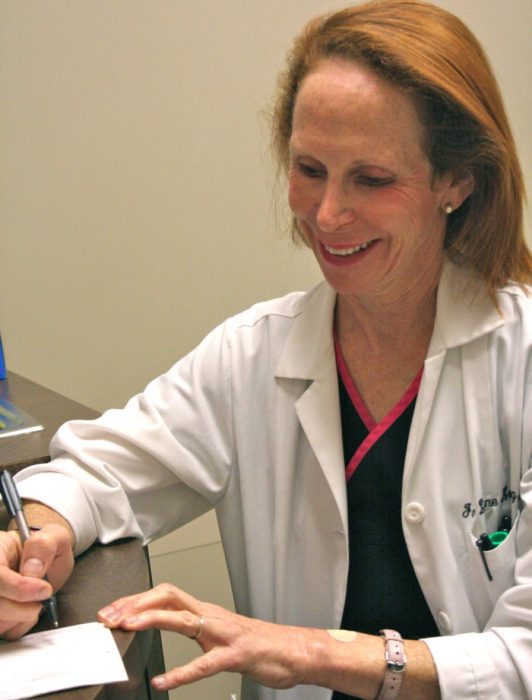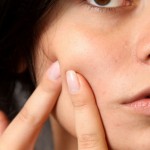Peels and Microdermabrasion: Affordable and Effective
A Family Savvy reader asked Dr. Jo to discuss the efficacy of peels and microderm. To add to what Dr. Jo will tell us today, I have included a You Tube video that demonstrates the process of microdermabrasion.
Dr. Jo Herzog, M.D.
Light peels and microdermabraisions can be used for several purposes. Last week, we spoke about melasma and hyperpigmentation. A series of light peels (3-5) or microdermabraisions (3-5) can help with some forms of these disorders without causing inflammation that can lead to even more pigmentation.
Those with acne can use light peels to help unroof comedones (clogged pores & blackheads) and reveal fresh new skin. Some with very fine wrinkles may see improvement after la series of light peels. Some people get peels for therapeutic reasons and to get the “glow” they see after such treatment.
Light peels can involve the use of gycolic acids, TCA (trichloracetic acid, similar chemical to super strong vinegar), salicylic acid, and other less commonly used chemicals. These solutions come in different strengths that help determine the depth of the peel. How powerful the peel is SOMETIMES depends on how long the chemical is left on and sometimes does not.
A “light” peel usually refers to one that removes the most superficial or dead layer of skin. Fresher, smoother skin is left behind after the debris that makes skin look dull is removed. A moisturizer is usually applied before leaving. You might be a bit pink for a day or two and will be told to avoid sun for a few days.
The cost varies by where this is done. It is a low-cost procedure for the provider, so deals can be had. However, one should be careful in selecting a provider, as more judgement is needed to determine the best treatment for you.
Also, some peels can cause damage if not administered by someone skilled. If a “peel deal” comes about, be sure to ask who is administering it and how much training he or she has.
Microdermabrasion can vary in intensity, but there are typically two types of technology used to perform the procedure.
The regular crystal micro dermabrasion technology involves the use of a special, hand-held device that propels a high-speed flow of aluminum oxide crystals onto the skin. At the same time, the machine’s vacuum system sucks away dirt, dead cells and used crystals.
Diamond microderm machines usually come with tipped wands of varied size and coarseness for different skin types and depths of resurfacing. The wand tip is made of natural diamond chips which polish the skin and remove dead cells, which are then vacuumed back into a waste filter. Areas closer to the eyes and mouth can be abraded more accurately with diamond abrasion (no risk of stray crystals causing damage or being ingested). Other than that, crystal-free microdermabration works in the same way traditional microabrasion does.
After the process, the skin is gently rubbed to remove all crystals, and a moisturizer is applied. I tell patients to avoid the sun a few days after and to use sunscreen.
Cost can vary ($50-135) depending upon where you go, who does the procedure, and how much of a treatment you are getting (time spent). This is where an informed consumer can actually get a “real deal.” If a microderm is offered at a good price that is a half-hour long and administered in a doctor’s office by a trained professional, you should grab it. But all microderm deals are not deals, so ask questions.





